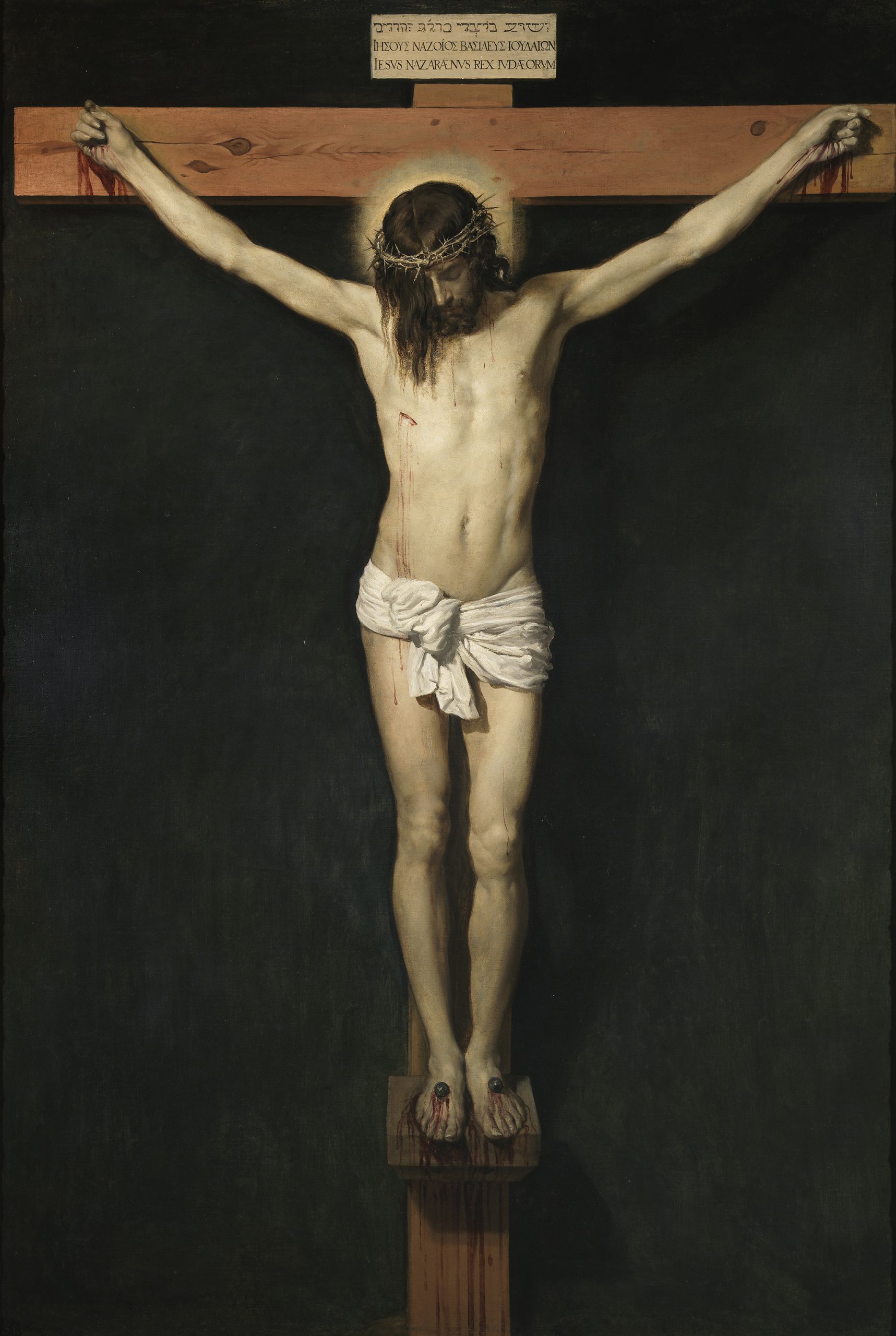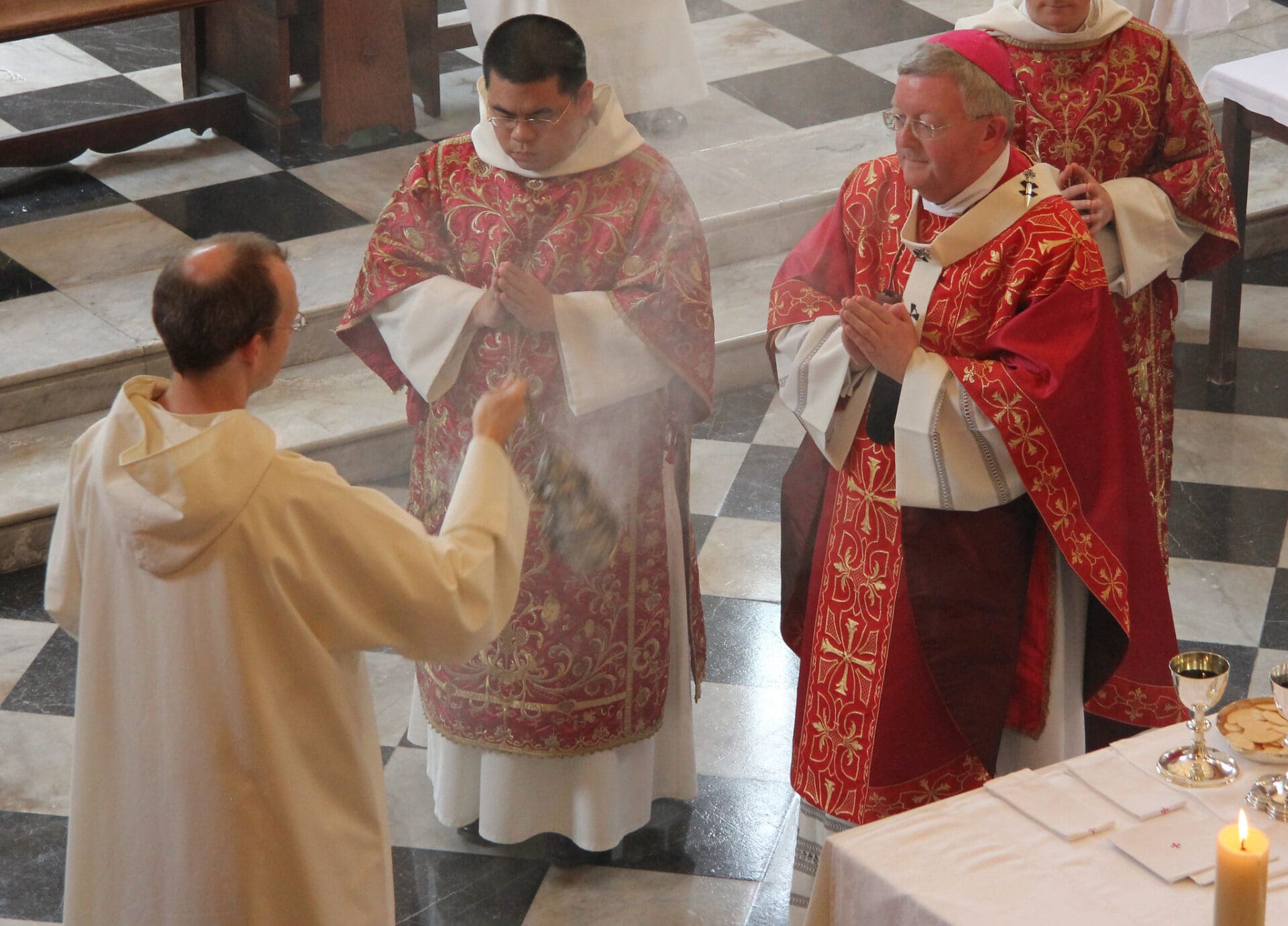“But blessed are your eyes, for they see, and your ears, for they hear. For truly, I say to you, many prophets and righteous people longed to see what you see, and did not see it, and to hear what you hear, and did not hear it” (Mt 13:16–17).
“Throughout the liturgical year,” the General Introduction to the Lectionary (GIL) says, “but above all during the seasons of Easter, Lent, and Advent, the choice and sequence of readings are aimed at giving Christ’s faithful an ever-deepening perception of the faith they profess and of the history of salvation” (n. 60).
The joy of the Lenten season is experienced as God’s “plan for the fullness of time” (Eph 1:10). This plan is unfolded for us in the liturgies of Lent, where we see and hear God’s mighty deeds. In particular, the “Old Testament readings are about the history of salvation, which is one of the themes proper to the catechesis of Lent” (GIL, 97). In Year B (2018, for example), the Lectionary follows the path of Noah and the flood (Gen 9), the binding of Isaac (Gen 22), the giving of the Ten Commandments (Ex 20), the return from exile (2 Chron 36), and the prophecy of the new covenant (Jer 31).
The Gospels for the Sundays of Lent begin with the “Temptation and Transfiguration of the Lord” and continue in Year A with “Gospels about the Samaritan woman, the man born blind, and the raising of Lazarus” (GIL, 97)—intent on drawing us into the Paschal Mystery of Holy Week and the Easter Season.
The Ways of Reading: A Peculiar Passion?
With all this focused reading, particularly during Holy Week, the Church (as a wise Mother) offers a traditional way of reading the Passion of the Lord that helps the faithful to more easily hear the Lord’s voice and enter into the mysteries being proclaimed.
The Lectionary for Holy Week indicates that the Passion (on Palm Sunday and Good Friday) may be read by more than one person—the priest taking the part of Christ, a narrator and another reader (which could be a deacon, another priest, or even a lector or lay reader), and the congregation responding as the crowd.
The Circular Letter on the Celebration of the Paschal Feasts, Paschalis Solemnitatis, states:
33. The Passion narrative occupies a special place. It should be sung or read in the traditional way, that is, by three persons who take the part of Christ, the narrator, and the people. The Passion is proclaimed by deacons or priests, or by lay readers. In the latter case, the part of the Christ should be reserved to the priest.
In the section on Good Friday, the same document states:
64. The order for the celebration of the Lord’s Passion (the Liturgy of the Word, the adoration of the cross, and Holy Communion) that stems from an ancient tradition of the Church should be observed faithfully and religiously and may not be changed by anyone on his own initiative.
And it says that the Passion on Good Friday can be read as described for Palm Sunday:
66. The readings are to be read in their entirety. The Responsorial Psalm and the chant before the Gospel are to be sung in the usual manner. The narrative of the Lord’s Passion according to John is sung or read in the way prescribed for the previous Sunday (cf. n. 33). After the reading of the Passion, a homily should be given, at the end of which the faithful may be invited to spend a short time in meditation.
The Newsletter of the US Bishops’ Committee on the Liturgy, Jan-Feb 1999, comments on the presentation of the Passion in parts, and makes this point:
While it has a dramatic quality, the Passion is not so much a drama enacted as a narrative proclaimed solemnly and simply, without candles, incense, greeting, or signs of the cross. (Original emphasis.)
The article urges that “careful consideration should be given to the effect which this practice may have” —does reading in parts mean that everyone in the congregation is watching the “script”? Does it “allow each individual to meditate effectively on the word proclaimed?” (Thirty-Five Years of the BCL Newsletter, USCCB, 2004, pp 1625–26.)
All of this draws out the importance of hearing, listening, and meditating on these readings, but especially upon the proclamation of the Lord’s Passion.




